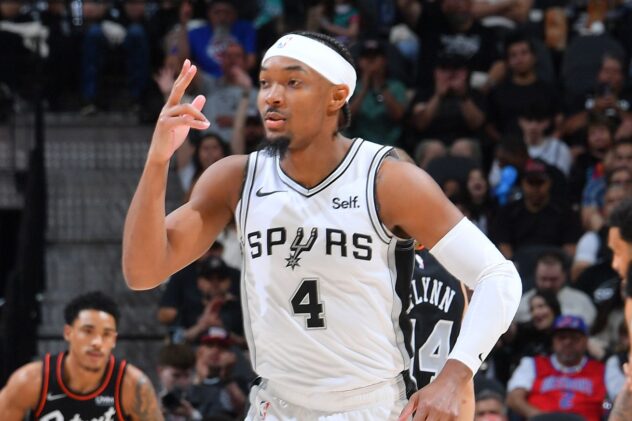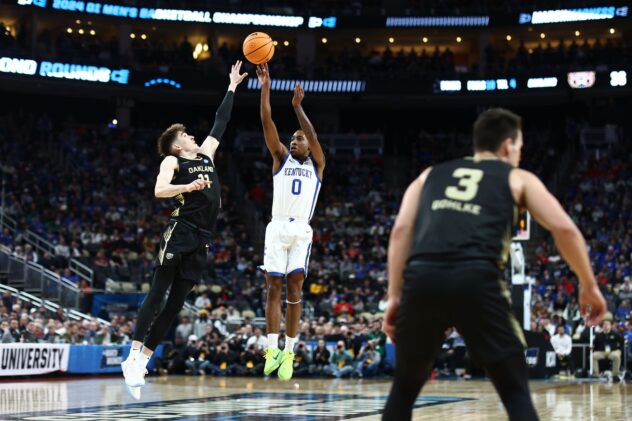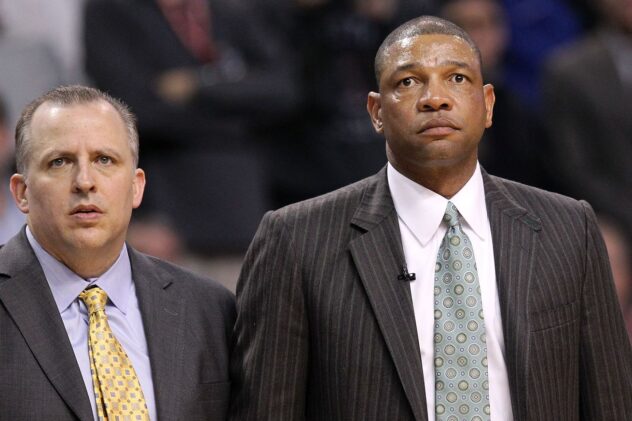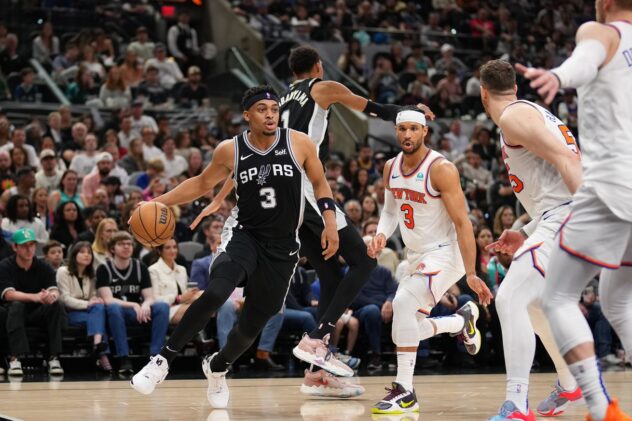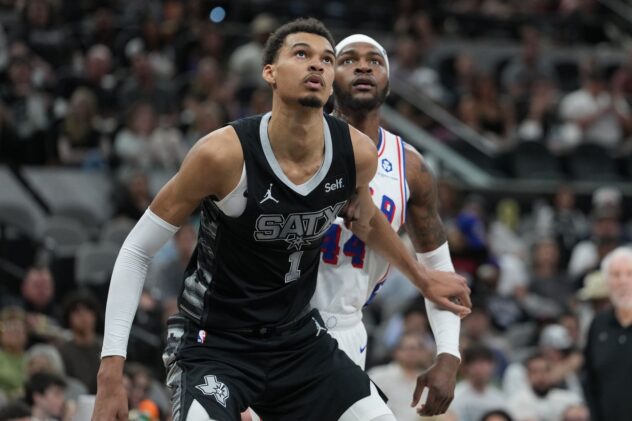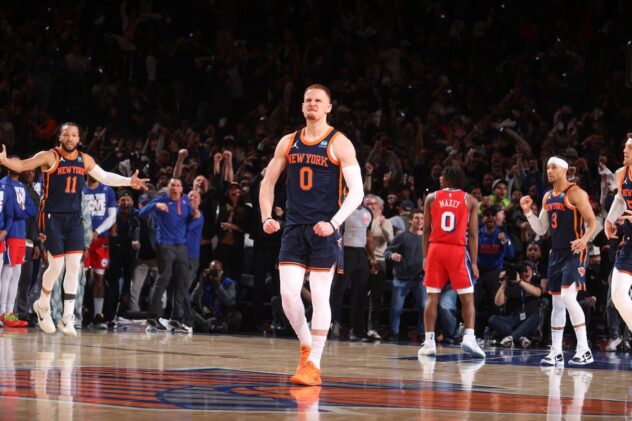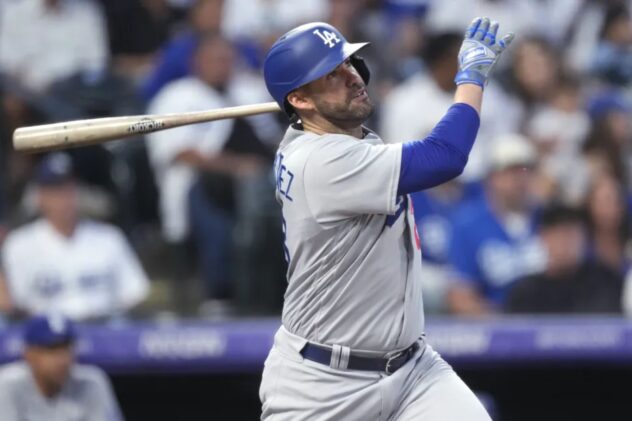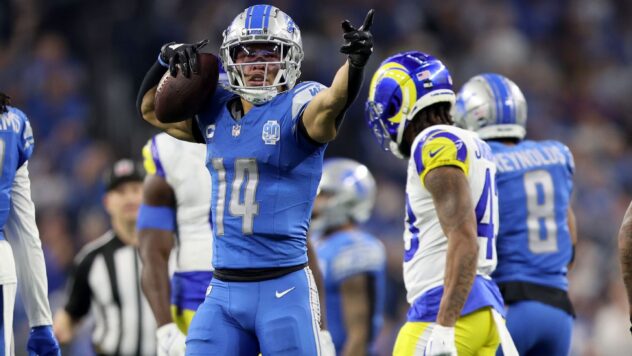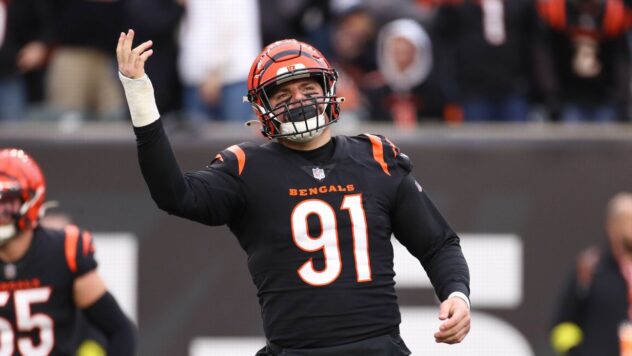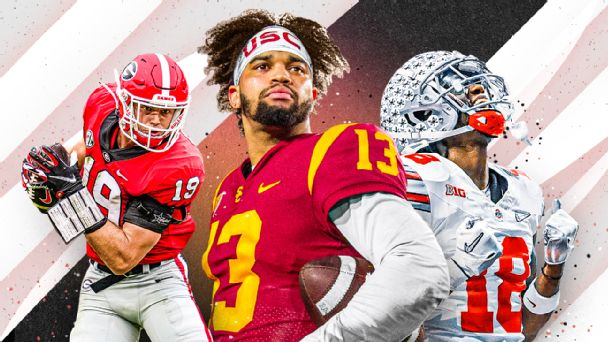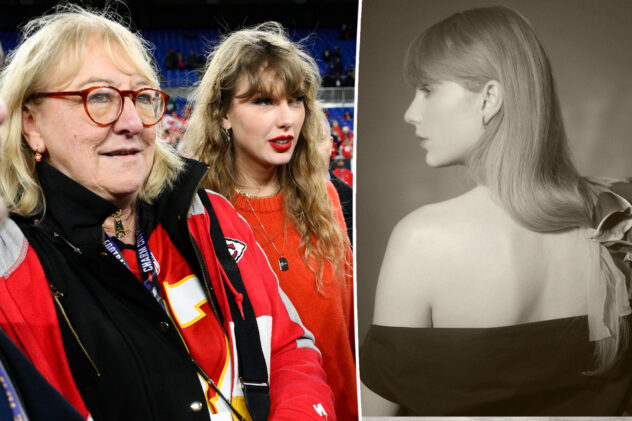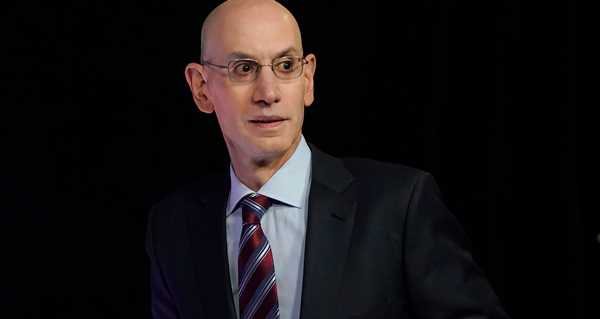2018-2019 Spurs player reviews: Patty Mills
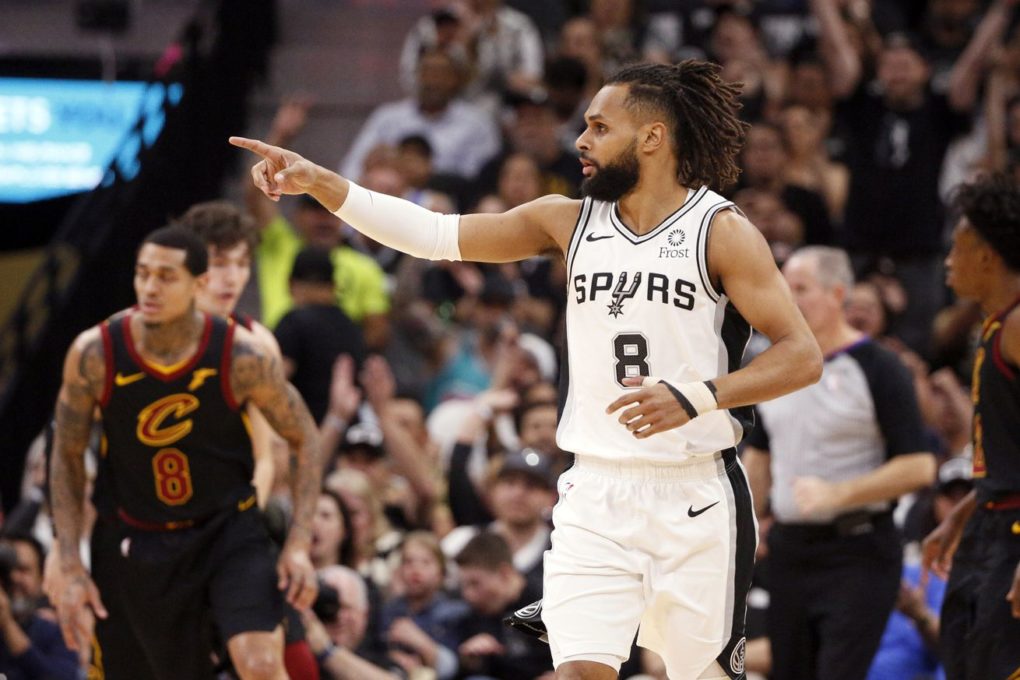
This season Mills did what he always does, but is it good enough?
Welcome to the 2018-19 season player reviews, where we will be rehashing the performance of 13 San Antonio Spurs from this season (excluding Dejounte Murray, Pau Gasol, Donatas Motiejunas, and two-way players Drew Eubanks and Ben Moore) and looking towards the future. If you’ve missed any, you can click here to catch up.
Roger Ebert once talked about how every movie he rated was independent of all the others. He didn’t believe that two movies receiving the same star rating were always of the same quality. Instead, he believed that both movies were equal in achieving their respective goals and expectations. These reviews will take the same approach when providing grades, so two players receiving the same grade does not necessarily mean they had the same impact on the team.
Personal
Birthday: August 11th, 1988 (30 years old)
Height: 6’0”
Position: Guard
Contract details: $12,428,571 in 2019-2020; $13,285,714 in 2020-2021
Introduction
In a way I have been dreading this review. There’s no doubt that Patty Mills and his contributions to the team is a polarizing topic amongst Spurs fans. Mills brings shooting, energy, leadership, stability, and incredible towel-waving, but these attributes are oftentimes overlooked in favor of focusing on his shortcomings (no pun intended).
I understand the criticism. He’s the third highest paid player on the Spurs’ roster so a lot should be expected. $12 million a year is a lot to pay an undersized combo guard with numerous challenges on defense. Still, I don’t think his contract is as bad as others make it out to be.
For one, he’s available. Mills has worked hard to stay in shape and keep his body in good health. He’s missed a total of three games during the past four seasons and zero games over the past two.
With Mills being the longest tenured Spur, Pop asked him to take on an even larger leadership role this season. Jesus Gomez put together a piece a couple weeks ago detailing some of the things Mills did this season to provide the necessary leadership to his younger teammates. Having players like Mills on the roster is what builds team chemistry both on and off the court. Individual talent can only get a team so far. Talent paired with strong team chemistry is what takes a team from merely good to being a championship contender. If you don’t believe me, just ask Russell Westbrook or anybody on the Boston Celtics.
Review
In addition to all the things Mills does off the court to help the team, he’s still a valuable asset on the court, particularly on offense. His Offensive Real Plus Minus of 2.12 this season was ranked 13 out of the 102 point guards in the NBA.
Throughout the majority of his career Mills has been near the top of the NBA in spot up shooting. This season was no exception. His Points Per Possession (PPP) of 1.35 on 217 spot up possessions ranked 2nd out of 148 players with at least 150 of such possessions this season.
Mills’ field goal percentages of 63.3 from the restricted area, 39.4 from distance, and 85.4 from the free throw line were all slightly above his career averages. One area of the court in which Mills struggled this season was in the mid range. His 34.4 percent was the worst percentage on the Spurs and the worst percentage of his career. That being said, even with his struggles from that area, he continues to be a reliable scorer off the bench.
Mills did a really good job as a pick and roll ball-handler this season. His PPP of 0.938 in 272 possessions was the highest on the Spurs and was good for 26 out of 82 players in the NBA with at least 200 possessions as a pick and roll ball-hander. He was also above average at passing to teammates when the defense committed to him as a ball-handler. His PPP of 1.104 in 221 possessions was 27 out of 66 players in the NBA with at least 200 possessions passing to teammates out of the pick-and-roll.
Mills had the highest field goal percentage on the Spurs on drives to the basket, although his 84 field goal attempts were only the 5th most on the team. He’s not very comfortable getting his shot off in traffic, which is why he’s typically looking to pass the ball in these situations. His 62 percent pass-percentage in drive possessions was the highest percentage on the team by nearly 10 percent. His 37 assists to 11 turnovers was the best ratio on the team, but again, it was in limited possessions.
Mills’ Defensive Real Plus Minus (DRPM) of -1.98 this season was ranked 90th out of the 102 point guards in the NBA. That statistic is hard to defend (again, no pun intended). It’s not from a lack of effort, but players are simply too big for him to adequately cover. That has always been the case, but he used to counter his lack of size with sheer determination. Whether it’s from a decline in ability or by design, Mills is no longer the pest he once was on defense.
Sean Elliott used to affectionately refer to Mills as the Tasmanian Devil, running around the court like tornado, causing destruction to the opposition’s offense. His relentless pressure on the defense would oftentimes come in the form of a full court press. He would harass the ball-handler early before they had a chance to shoot over him. Even if it didn’t result in a turnover, the pressure would prevent the opposition from easily getting into their sets on offense.
It was a successful strategy for the Spurs at that time. Mills even had a positive DRPM for a couple years straight. It begs the question as to whether or not the Spurs should bring back the full court press. I’m not sure it would be as successful as it once was for Mills. At this stage of his career he’s older and is playing more minutes, neither of which lend themselves to this style of play.
Mills really struggled shooting the ball in the playoffs. His True Shooting Percentage of 39 was the worst percentage on the team. It was painful watching him struggle out there, particularly in Game 7 when Mills replaced Derrick White for the final 21 minutes of the game. I realize White was struggling on offense by then and that the Spurs started mounting their comeback once this switch occurred, but I believe the comeback was in spite of Mills not because of him. The guards for the Denver Nuggets started to catch fire once Mills entered the court, although He did have 5 assists and 0 turnovers in that game. Throughout the playoffs he had 25 assists to only 3 turnovers, which was excellent.
Looking Forward
Barring a trade, the Spurs are going to have logjam in the backcourt next season. That’s not necessarily a bad thing, but it’s definitely going to be interesting to see how things shake out throughout the summer and into the regular season. If I were placing bets right now, I would say that White and Dejounte Murray end up being the Spurs’ starting guards with Bryn Forbes and Mills coming off the bench. The Spurs need the perimeter defense that White and Murray bring to the starting lineup, but that pairing does come with questions. Can White and Murray provide enough floor spacing for DeMar DeRozan and LaMarcus Aldridge to succeed? Can the miniature pairing of Forbes and Mills keep opposing bench units from scoring at will? Mills and Forbes had a 0.0 net rating when paired together this season and a -1.4 net rating in the 2017-2018 season. I think Pop will experiment with White and Mills coming off the bench, but it’s also hard to ignore how good White was in the starting lineup this season. That said, minutes played is more important than who starts, so maybe White will embrace the Manu role if asked.
Then there’s the wildcard of Lonnie Walker IV. He has more size than White and Murray, but I still don’t think he can play the 3 for long stretches. If he makes a similar leap in his sophomore season to both White and Murray, Pop will have no choice but to find minutes for him inside the rotation. This would likely cause a reduction in Mills’ minutes, which might not be the worst thing in the world. I wouldn’t mind seeing 14-16 minutes a game of Mills going full throttle like the good old days.
Another possibility is Mills falling out of the rotation altogether. I’m all for veteran leadership at the end of the bench, but not at his price tag. This is the same problem I had with Pau Gasol. It’s just not good management of the salary cap to have veterans making eight figures who aren’t part of the regular rotation. The good news is that Mills is a pro, a fantastic teammate, and already a great mentor to the youngsters. No matter the role he ends up with next season, he’ll do so without adding any unnecessary drama.
If the situation does play out in this manner, I wouldn’t be completely opposed to the idea of trading Mills, although it would break my heart a little bit. Shooting is highly valued in today’s NBA, but players of Mills’ skillset can typically be found at a cheaper cost. Still, he could provide value to a team trying to make a playoff push that is lacking outside shooting and veteran leadership. Not all teams have the guard depth that the Spurs are in position to have next season.
Top Performance
Mills didn’t have too many explosive games this season, but in a 108-107 victory against the Memphis Grizzlies on February 12, Mills went 6-8 from deep and scored 22 points. The Spurs unsurprisingly came out flat on the road against a lottery-bound team in the midst of their worst stretch of the season, but Mills refused to let them go quietly into the night this time, igniting the Spurs just enough to pull out a close win and preventing what would have been an 0-8 record on the Rodeo Road Trip. The energy he brings is so important to this team, especially after the retirement of Manu Ginobili.
Honorable mention: Similar to Rudy Gay, Mills hit a game-winning shot in a game that otherwise wouldn’t have been considered one of his best games of the season. Nonetheless, this shot came with the Spurs down one with less than ten second left in the first overtime period. The Spurs ran a great ATO play to free up Mills just enough to do what he does best: knock down a spot up shot. The fact that it was on the road against LeBron James and the Los Angeles Lakers before their late season implosion made the shot even sweeter. Overall, Mills scored 14 points on seven shots. My mind was blown reliving this game, realizing the Spurs had to score 143 points to win in single overtime. I’m so glad White showed up this season to somewhat save the Spurs’ defense.
Final Grade: C
Had it not been for Mills’ struggles in the playoffs his grade probably would have been higher. Overall, he performed slightly above what my expectations were of him going into the season. He has always been somewhat of a leader on the team, but he was thrust into a much larger leadership role this season after everything that happened last summer. He was also excellent as a shooter; even better than what I had expected, but as has been a common theme during this review process, Mills’ final grade was hurt by his performance in the playoffs. Again, shooting is what is expected of him. A playoff stat line of 5.3 points on 32/13.6/60 percent shooting just isn’t going to cut it, regardless of what he brought to the team off the court.
Up next: LaMarcus Aldridge
2018-2019 Spurs player reviews: Patty Mills
Source: Pounding The Rock

